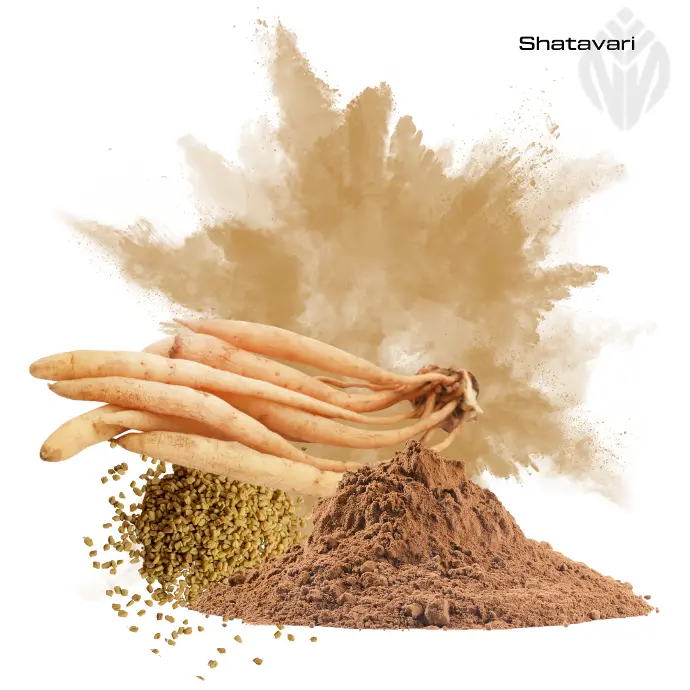Product catalogue
Did you know?
NAKO NATURALS collaborates directly with farmers to implement advanced practices that enhance sustainability and cleanliness in cultivation, production, and distribution processes.
Shatavari Extract
| Botanical Name: | Asparagus racemosus |
|---|---|
| Appearance: | powder |
| Plant Part Used: | roots |
| Raw Material Used: | cultivated |
| Extraction Solvent: | Water |
| Extract Ratio: | 4:1 |
| Active Ingredient | Assay in % |
|---|---|
| Saponins | 20.0 |
| If the specification does not meet your requirement, please contact us for a tailor made one. |
Historical Background & Origin
The climbing plant with its soft, needle-shaped leaves grows mainly in India, Nepal, Sri Lanka and in areas of Australia. It prefers stony ground at altitudes of up to 1500 meters, which is why it can be found at the foot of the Himalayas, for example. Shatavari (Asparagus racemosus) is a plant from the asparagus family, also known as wild asparagus or Indian asparagus. However, shatavari has little to do with the conventional asparagus that ends up on our plates.
The queen of herbs
However, it also has a calming and pain-relieving effect and can help with sleep disorders and digestive problems. Men can therefore also benefit from it. It is mainly taken by women to increase fertility, for irregular menstrual cycles and for menopausal and menstrual problems.
Shatavari
Shatavari is one of the most popular Ayurvedic medicinal plants. It is mainly used by women to increase fertility, for irregular menstrual cycles and for menopausal and menstrual problems.
Health Benefits
- Has an antispasmodic effect
- Has an anti-inflammatory effect
- Supports during the menopause


